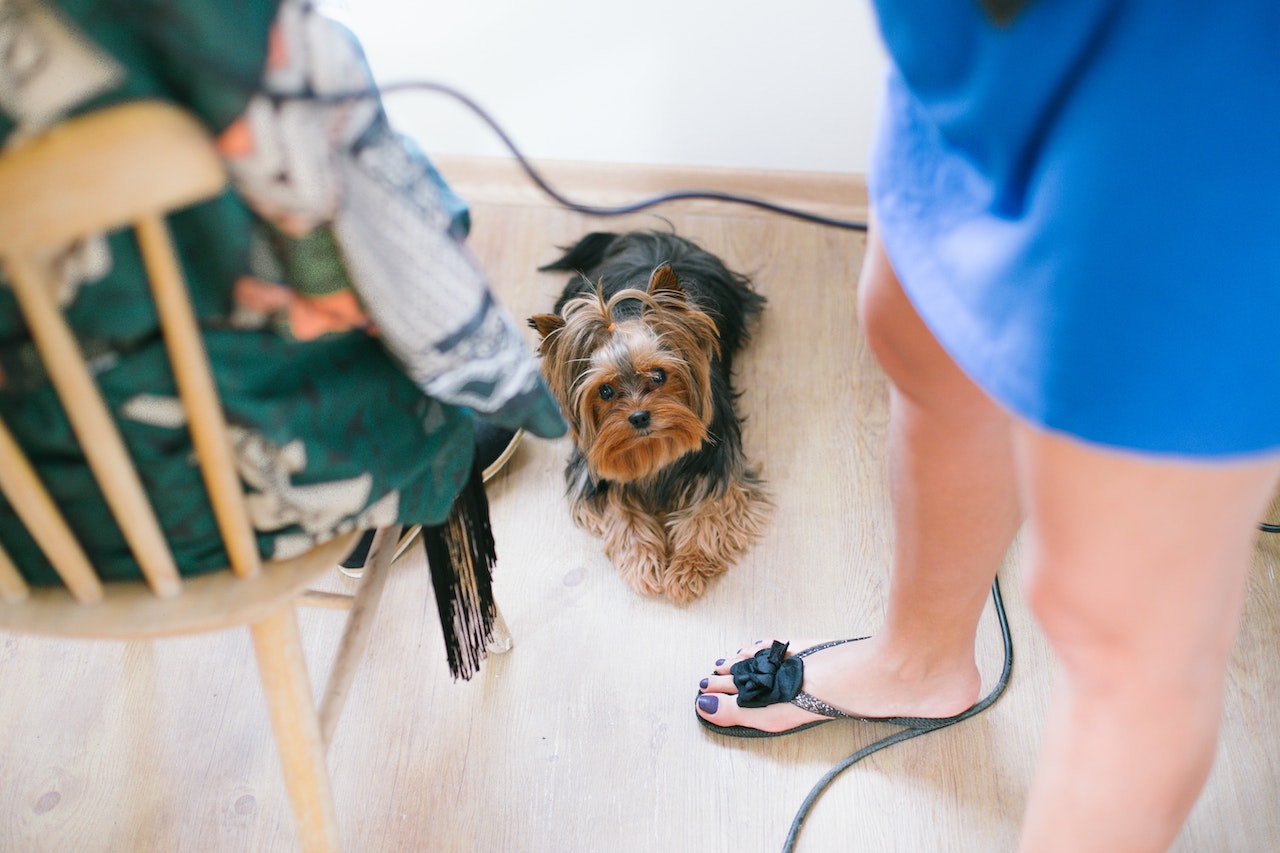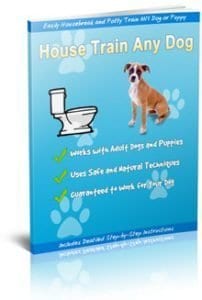How to Potty Train a Dog Living in an Apartment. Keeping a dog as a pet when living in a house with a huge backyard is somewhat of a breeze.
Our furry friend always has somewhere to go, a flower to smell, and a tree to mark.
Yet, figuring out how to potty train a dog living in an apartment is the real challenge.
What do you do when you cannot simply let the dog roam the garden?
Though it seems like a huge nuisance, there are ways you can housebreak an apartment dog without causing yourself too much trouble or traumatizing the animal.
Today, we’ll reveal some truly essential tips.
How to potty train a dog living in an apartment — 4 steps to total success
#1 Maintain a schedule, rain or shine
Living in an apartment is much more inconvenient for dog parents than living in a house.
Because of that, you’ll have to stick to a regular walk/pee & poop schedule.
Get dressed and take the dog outside as soon as you get up. Stick around for a while until you’re sure it doesn’t need to go anymore.
Then, after it eats, take it out again to ensure no accidents happen while you’re away.
#2 If you have to leave the dog alone, have a backup plan at all times
If you must go to work or do anything that entails leaving the dog alone, make sure to confine it.
Don’t worry — dogs love being inside a crate, as it’s cozy and tight. They feel that’s “their” space, so they usually don’t mind being left there for a while.
However, given they love their den, they won’t want to spoil it.
If the dog is young and cannot control its bladder, just in case, line the area around the crate with towels, just in case.
If you don’t have a crate, use a baby gate to confine the dog to one area.
Lay down newspapers or pee pads so the dog can relieve itself while you’re away.
#3 Keep an eye on the dog and learn how to recognize the signs
It’s always a good idea to keep a pee pad somewhere in the house if there isn’t enough time to get the dog outside.
However, you should keep an eye on the signs the dog might want to “go.”
Those include:
- Sudden trotting away (the dog might abruptly stop doing something and walk away)
- Sniffing the floor (it’s looking for a nice place to pee or poop)
- Restlessness (the dog can’t stop fidgeting)
- Circling one spot (again, it’s looking for the perfect area to soil)
#4 Remember that positive reinforcement is key
No dog will ever respond to punishment with complete obedience. Even if that happens, it won’t be obedient for the right reasons.
Most of the time, the dog will be scared of you, which is the exact opposite of what you should aim for.
After all — why get a dog if you want someone to fear you?
Therefore, remember that you ought to reward the dog each time it pees or poops where it should.
Carry a few treats with you whenever you’re outside. Also, remember that a treat is in order even when the puppy does the deed on a pad.
Bonus tip: there are dog litter boxes you can use to avoid accidents
Finally, if you’re not sure you want training pads all over your floor, remember that there are also dog litter boxes you can keep on the balcony.
These would come in handy if you live on the 16th floor, for example, and don’t have enough time to get the dog outside to pee.
Dog litter boxes are usually just trays full of litter covered with synthetic grass.
They don’t take up much space nor smell foul (you can wash them with soap and water).
The only disadvantage? Big dogs need big litter boxes — one of those would take up your whole balcony.
How to potty train a dog living in an apartment: Lifestyle changes you can implement right now
To learn how to potty train a dog living in an apartment, we first must consider our whole lifestyle.
Is it as dog-friendly as we think it is, or will we have to adjust slightly?
Do you like routines?
If you aren’t a routine person, you should be prepared to clean up pee and poop for the rest of your life.
The best way to housebreak a dog is to maintain a strict schedule. And we don’t just mean knowing exactly when the dog should go for a walk.
A routine should also include:
- Eating and drinking
- Playtime
You ought to know that dogs will have to “go” after each activity, whether that’s a play session, breakfast, lunch, or dinner.
That’s a sign of a healthy digestive tract, so you should maintain a routine as much as possible.
Do you believe in punishment?
Housebreaking a dog will be much more difficult if you’re not ready to apply positive reinforcement instead of punishment.
Most dog owners fear dogs ruining their furniture whenever they pee or poop inside the house.
That especially goes for renters; they know full well that any damage done to the apartment will have to go out of their pocket.
Thus, they might sometimes fail to keep their emotions under control and will lash out at their dogs, prolonging the whole process by a few more days, weeks, or months.
Despite what some “experts” might say, dogs don’t respond that well to auditory or physical punishment, i.e., yelling, screaming, kicking, etc.
That only makes them resent their owners and want to get their revenge. On the other hand, it might make them fearful.
They may resort to improper elimination because they are too afraid to ask to go outside.
To potty train a dog living in an apartment, you have to forget about punishment this instant. It will not do anything good in the long term.
Besides, as you’ll see, far better methods and tools are available.
Final thoughts on how to potty train a dog living in an apartment
As you can see, just because you live in an apartment doesn’t mean you’re bound to live with pee odor for the rest of your life.
If you take the time to housebreak the dog properly, i.e., take all the necessary steps and use positive reinforcement to your advantage, there’s a good chance you’ll never have to clean up pee or poop off your hardwood floors or carpets again!


